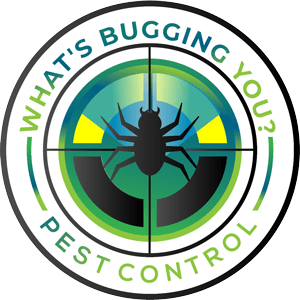Ants have been walking the planet for approximately 150 million years, and they live everywhere, except for Antarctica. There are over 12,000 different species. While the Tapinoma melanocephalum species can change colors based on what they eat (including green, yellow, and blue) due to their transparent bodies, most are tan, brown, black, or red.
Anatomy and Behavior
Even though only winged ants (alates) can fly, they are closely related to wasps and bees due to the similarities in their anatomies, which includes a head, thorax, and abdomen that form a narrow waist on the critters. Scientists have thoroughly studied their DNA and noted that they have transformed as needed to survive in their specific geographies and climates throughout the world, which has allowed them to continue to rule as one of the most prominent insects today.
Although the vast majority like to make their homes in decaying plants and soil, others prefer to invade human living spaces. The main things they feed on are leaves, nectar, seeds, and other little insects, but they also love sweet substances, and most species will eat just about any human food or drink they can get a hold of, especially sugary ones. They typically prefer to transport their food to their nests to munch on, and despite being tiny critters, they can carry food 5,000 times their body weight.
They are intelligent and know how to communicate with the others in their colonies, including the mighty queen who rules the nest. Like many other animals, they produce pheromones that are then "picked up" by other ants' antennae. They also create audible sounds by rubbing parts of their bodies together, indicating things such as danger or that they have found their next meal.
Michigan's Pest
The United States is home to over 1,000 species, and Michigan is no exception, housing at least 110. These include Brown Acrobatic Ants, which are identifiable by the way they lift their abdomen over their head if they sense danger and gross odor when being bothered. Carpenter Ants are also prevalent and are one type you should avoid, as they can grow up to an inch long, and destroy your decks and other wooden structures. They neatly will bite, injecting a chemical that makes the area of the bite very swollen and painful.
If you have a beautiful yard in Michigan, be on the lookout for Allegheny Mound Ants, which make intricate yet destructive mounds and tunnels that help them succeed in killing vegetation, trees, flowers, and grass. They don't typically bite but can inject a chemical that causes the cells of trees and plants to coagulate and prevent food from circulating throughout them. Other prominent species in Michigan include Odorous House Ants, which hide in wall panels and carpets and emit a rotten coconut-like odor if they are stepped on. There are also Pharaoh Ants, which are a light-yellow color and are very skilled at forming new colonies and multiplying rapidly.
Who To Call For Control
If ants are invading your home, yard, or business, a professional pest control service is your best option to get rid of them and prevent them from returning. Here at What's Bugging You? Pest Control, we have the experience needed to tackle your problem and any issues with other invasive insects. The longer they have to multiply and increase their presence, the worse the problem will get, so do not delay, and call our professional experts for help today.

